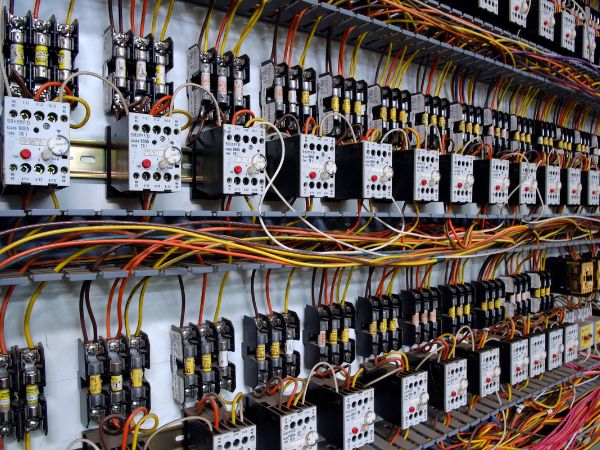All electrical cables come enclosed in a sheath, with some having extra protection for safety. However, if you are considering electrical wiring for your home or workspace, it’s important to ensure that you adhere to the highest levels of safety and organization. You’ll also need to ensure that your wires won’t need attending to every now and then, and that you are compliant with your local laws.
Electrical conduit systems are what most people use to tick these boxes as they protect wires and enhance the overall performance and longevity of an electrical system. If you are looking for a method of protecting your wires, we’ll look at why conduits are a smart choice.
What are Conduits?
If you are not familiar with conduits, they are round protective channels that are used to enclose electrical wires. They are typically made of metal, but they can also be made of PVC. As they enclose wires, they act as protection from electrical shocks, short circuits, and fires.
Why Use Conduits for Your Electrical Wiring?
Safety is Paramount
The most important reason why you should use electrical conduits is safety. Conduits are made from strong materials, so they protect your electrical wires from physical damage and moisture. This significantly reduces the risk of electrical shocks, short circuits, and fires. This is particularly crucial if you live in an area or building where the wiring is exposed or susceptible to environmental factors.
Set Up an Organized Wiring System
Another significant benefit of using conduits is that you will have an organized wiring setup. The fact that you will contain all wires within designated pathways means that you’ll have established a structured and streamlined system. This will come in handy when you want to troubleshoot or expand your wiring. You can easily trace where specific wires and conduits pass and make the necessary adjustments without having to dismantle other connections. This will also save you a lot of time.
Ensure Durability & Longevity
After enclosing your wires within conduits, you’ll be able to count on the longevity of your wiring system and significantly reduce the troubleshooting needs. This is because conduits are a protective enclosure, and they shield wires from mechanical stress, abrasion, and exposure to things such as UV, dust, and moisture. And as a result, the wiring can remain intact and functional for a long time.
However, if you are in a harsh environment, ensure that you also select a type of conduit that can be suitable for the various elements present.
Flexibility and Adaptability
Electrical needs are dynamic, and they change just as fast as technological advancements and needs. Thankfully, electrical conduits provide the ability to deal with these as you can adjust, expand, and modify your wiring as you need to. Besides that, electrical conduits come in several types and are made of different materials. This allows you to choose the specific type of conduit you want based on your needs. You can install conduits in various orientations and angles based on your type of building, and you can even pass them through tight spaces.
Compliance with Regulations & Standards
As electrical installations are sensitive, they are controlled by various codes and standards. Most of these standards pertain to safety, and they are also meant to ensure functionality. Conduits play a huge role in ensuring that an installation complies with set guidelines as they enclose wires, reducing the chances of fires and shocks. Using them will also demonstrate that you are committed to safety and minimize the risks associated with non-compliance.
A Clean & Professional Look
Besides safety and functionality, the visual aspect can’t be ignored when it comes to wire and cable management. Conduits hide and organize your cables, giving your electrical installation a clean and professional appearance. This adds value to your building, and it’s particularly important in settings where aesthetics matter, such as commercial spaces, retail stores, or hospitality environments.
